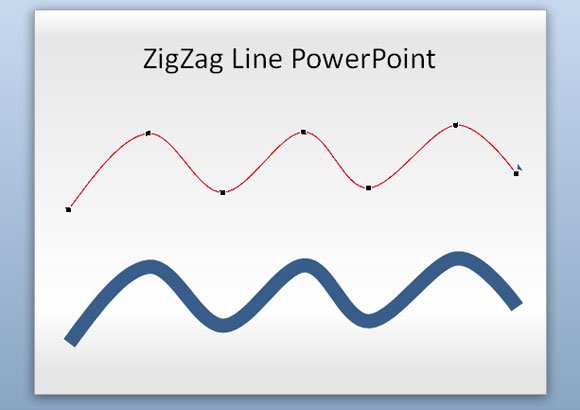
Characteristically these visual symptoms affect both eyes, last around a half hour and resolve on their own. How serious is an ophthalmic migraine? Often someone with an ophthalmic migraine will have just the visual warning signs or aura of their migraine attack without the headache. In the classic migraine the aura precedes the development of the typical symptoms-one-sided headache, nausea, light sensitivity, etc. Seeing an enlarging blind spot (scotoma) in the center of the visual field.Seeing flashing or flickering lights (scintillations).In the case of ophthalmic migraine, the aura will be visual in nature and may be described as: What is an aura? Some migraines are preceded by sensory warning symptoms called auras. Migraine sufferers have different triggers or precipitating factors for their headaches, such as fatigue, bright lights, weather changes, and others. At one time migraines were thought to be caused by constriction of blood vessels but more recent research involving the use of imaging studies indicates that there may be actual structural changes involving the white matter of the brain.

What is a migraine? Migraine is a common neurological disorder usually associated with one-sided, throbbing headache. Today’s Health Tip deals with the more common and possibly misnamed ophthalmic or ocular migraine. This condition is distinguished from a classic migraine in which a headache is a predominant symptom, and the far less common and more serious condition known as a “retinal migraine”. Popularly referred to as “ophthalmic” or “ocular” migraines, this common condition primarily causes visual symptoms and has the official classification from the International Headache Society of “ancephalgic migraine with aura.” Ancephalgic means that there is no headache and the term aura refers to the visual symptoms experienced.


 0 kommentar(er)
0 kommentar(er)
